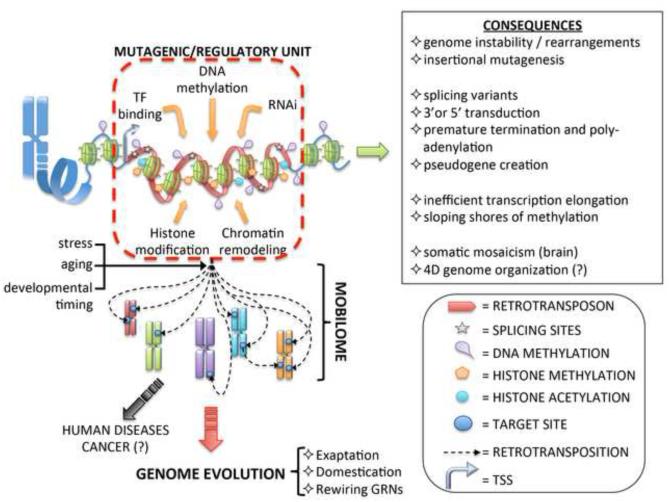Figure 2. Retrotransposons shape genome regulation.
Retrotransposons contain several DNA controlling elements (transcription/enhancer domain, splicing signals, transcription factor (TF) binding sites, repression signals etc.) mobilized as part of retrotransposon activity in “jumping around” the genome. The immediate effect of retrotransposon activity is usually deleterious for the host cells (see top right insert and [10,13]) and in humans may lead to diseases such as cancer (black arrow). From an evolutionary standpoint retrotransposons can be defined as mutagenic units able to rewire and expand gene regulatory networks (GRNs) (red arrow). Stimuli such as stress, aging and specific developmental cues induce retrotransposon mobilization. Upon jumping, retrotransposon functional units can be exapted by the cell and in some cases retrotransposon features can be “domesticated” and incorporated into host cell functions, such as stem and germ cell regulation.

